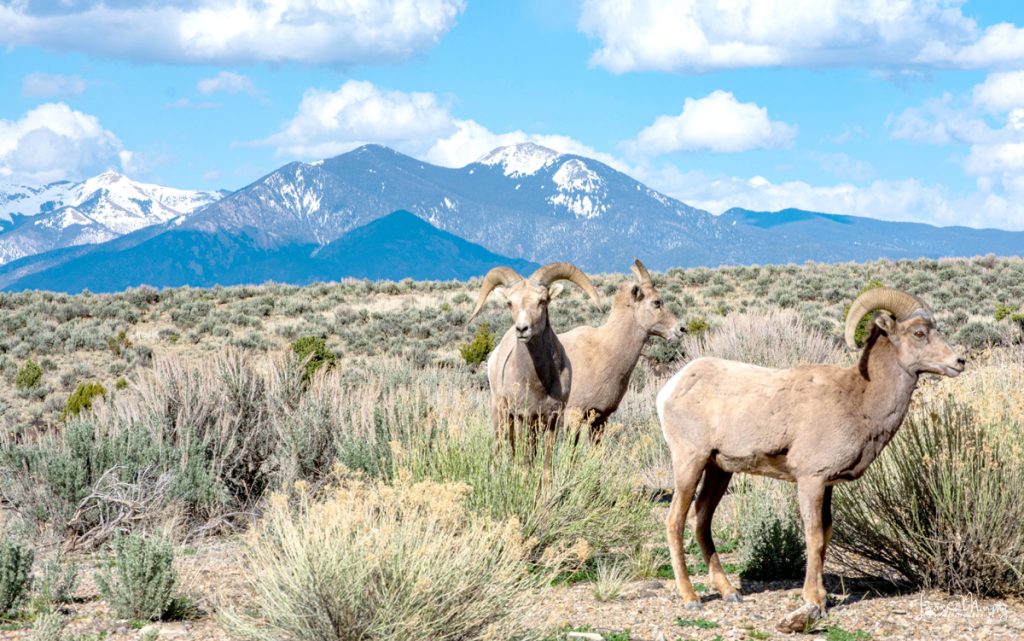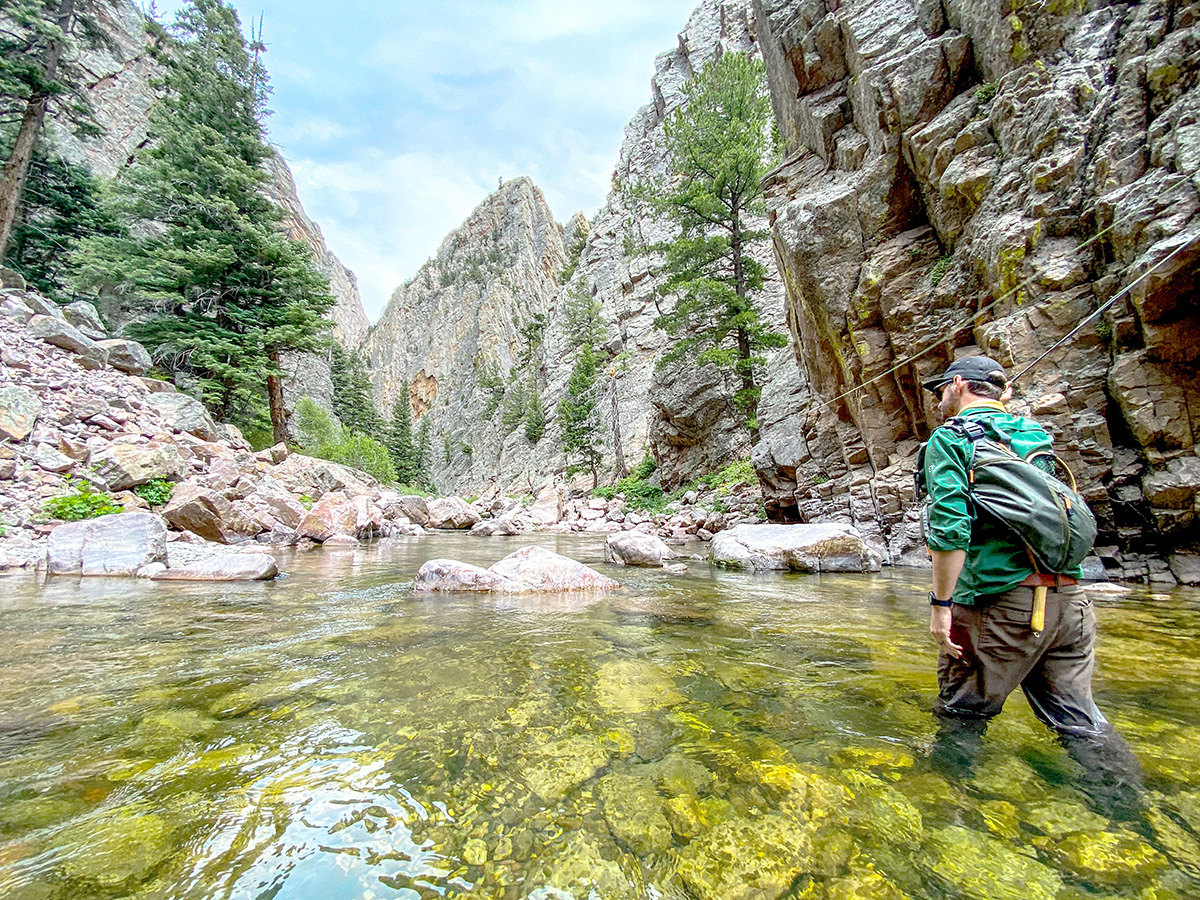The Rio Grande Water Fund (RGWF) is celebrating eight years of forest restoration, and more. Forest management by the U.S. Forest Service has substantially increased the resilience of the Rio Grande watershed to wildfire. Around 30,000 acres are restored each year with thinning and controlled burns, compared to the annual average of about 20,000 acres per year when the RGWF was formed in 2014.
Analysis by The Nature Conservancy (TNC) shows this restoration helped prevent four fires from producing catastrophic results. The Midnight (2022), Medio (2021), Cajete (2017), and Venado (2018) fires burned through untreated forest at high intensities until they encountered restored forest where the fire stopped raging through the forest canopy and became easier to control.

The RGWF is a collaborative effort with over 100 signatories, designed to generate sustainable funding to proactively increase the pace and scale of forest restoration, focusing on the 600,000 acres of forest most at-risk for severe wildfire in northern and central New Mexico over the course of 20 years.
“We have an ambitious goal and tremendous support to help us get there,” Matt Piccarello, TNC in New Mexico’s Forest and Watershed Health Manager said. “By working together, we can reduce wildfire risk, secure water for one million people, protect communities, and enhance wildlife habitat.”
The effort also elevates Indigenous voices and choices, Piccarello said. Severe wildfires have destroyed resources and caused cultural disconnect for the Santa Clara Pueblo. With support from the RGWF, the tribe has developed and implemented a Santa Clara Creek watershed restoration plan that combines Indigenous knowledge with nature-based solutions such as creating bio-fences with woody debris to better manage grazing.
“Taking care of our sacred land and water is the most important value and purpose tribal people believe in, as it is at the core to sustaining our tradition and culture,” says John Waconda of Pueblo of Isleta and TNC in New Mexico’s Indigenous Partnership Program Manager. “Persevering through climatic changes and responding to environmental challenges is a communal responsibility, and the Rio Grande Water Fund is working hard to strengthen the tribal voice, bringing attention to tribal priorities, and contributing to our urgent societal decisions.”
Over the last 200 years, New Mexico has lost more than a third of its wetlands. Stream and wetland restoration are also a part of the RGWF’s initiative. Last month, a five-year, multi-partner collaborative effort near Taos reached its pinnacle with a large riparian restoration project that reconnected the Rio Fernando to its floodplain.
“Re-creating wetlands will slow the flow of water down the river and enable snowpack and rain to be gradually absorbed into the ground,” said Rachel Conn, deputy director of Amigos Bravos. “Healthy wetlands help prevent dangerous floods and provide clean water for downstream users.”
For more information, visit https://riograndewaterfund.org/.



